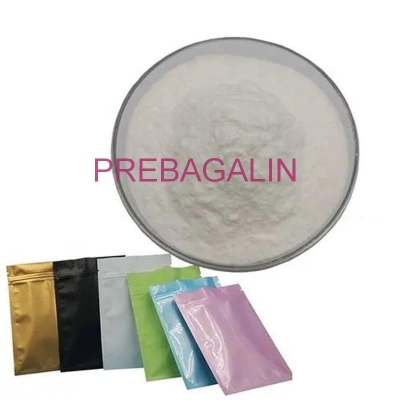-
Categories
-
Pharmaceutical Intermediates
-
Active Pharmaceutical Ingredients
-
Food Additives
- Industrial Coatings
- Agrochemicals
- Dyes and Pigments
- Surfactant
- Flavors and Fragrances
- Chemical Reagents
- Catalyst and Auxiliary
- Natural Products
- Inorganic Chemistry
-
Organic Chemistry
-
Biochemical Engineering
- Analytical Chemistry
- Cosmetic Ingredient
-
Pharmaceutical Intermediates
Promotion
ECHEMI Mall
Wholesale
Weekly Price
Exhibition
News
-
Trade Service
More than 30 million enhanced MRI scans are performed worldwide each year using OBAs, and that number continues to grow.
questions about the safety of GBCA have been present in the liver, bones and brain, even in subjects with normal kidney function and a complete blood-brain barrier.
recently, children's brain Gd retention was also reported, prompting children to be cautious about GBCA dosing.
the relationship between symptoms such as headaches, headaches, turbid mental state, bone and joint pain and previous GBCA medications.
whether these clinical syndromes are attributed to deposited Gds is not conclusive.
further research will certainly require accurate measurements of Gd concentrations in biological tissues in the body.
bone is considered to be a reservoir of radon in the human body, and the concentration of Gd in the cortique can be used as an indicator of whole-body Gd deposition, as well as as a viable alternative to indirectly detecting and quantifying Gd levels in the brain.
it is well known that with GBCA, the increase in signal strength on the T1 weighted MR image is associated with GBCA shortening the T1 value of the tissue.
, the quantitative T1 mapping series has the potential to show radon concentrations in tissues in the body.
recently, a study published in the journal European Radiology showed that the use of ultra-short echo time (UTE) T1 mapping sequences after GBCA administration allows for an invasly invasogenic assessment of radon deposition in the cortical cortical system.
28 New Zealand white rabbits (male, 3.0-3.5 kg) were randomly divided into control groups, low-dose large ring groups, high-dose large ring groups and linear GBCA groups (each group n s 7) for five consecutive weeks over a four-week Daily doses of 0.9 ml / kg body weight saline, 0.3 mmol / kg body weight of xylitol, 0.9 mmol / kg body weight of xylitol and 0.3 mmol / kg body weight of xylitamine were given.
the rabbit and collected the cheekbone after recovering over the next four weeks.
T1 value of the osteoal cortical is measured on a 7T animal scanner in conjunction with UTE's actual flip angle imaging and variable repetition time.
use inductively coupled plasma mass spectrometrography (ICP-MS) to measure the concentration of radon in the cortonic bone.
to evaluate the Pearson correlation between R1 values (R1 s 1 /T1) and radon concentrations in the cortit.
the control group (356.3±19.4 ms), the low-dose large ring group (329.2±21.0 ms, The bone T1 values of the p-lt; 0.05), the high-dose large ring group (316.8±21.7 ms, p-lt; 0.01) and the linear GBCA group (296.8±24.1 ms, p-lt; 0.001) decreased significantly.
the control group, the low-dose large ring group, the high-dose large ring group and the linear GBCA group had radon concentrations of 0.04±0.02 μg/g, 2.60±0.48?g/g, 4.95?g/g, 4.95±1.17?g/g and 13.62±1.55?g/g, respectively.
the R1 value was positively cortiseric concentration (r s 0.73, p slt; 0.001).
(a) and bland-Altman (b) graphs of the T1 values obtained from two repeated scans of different repetition time images (a) and corresponding T1 mapping(b).
SD: Standard Deviation The results of this study show that UTE T1 mapping provides a noninvasional method for evaluating bone corticoid deposition after GBCA drugation.







